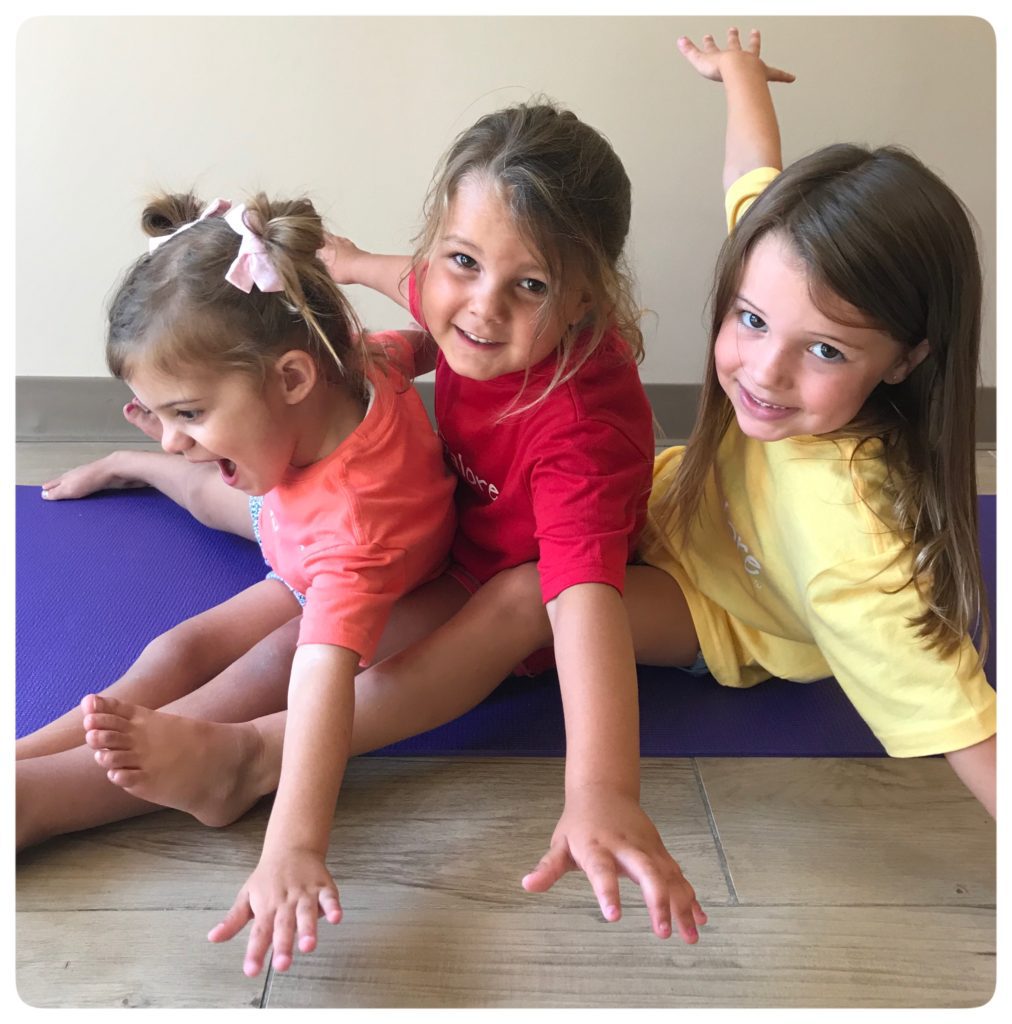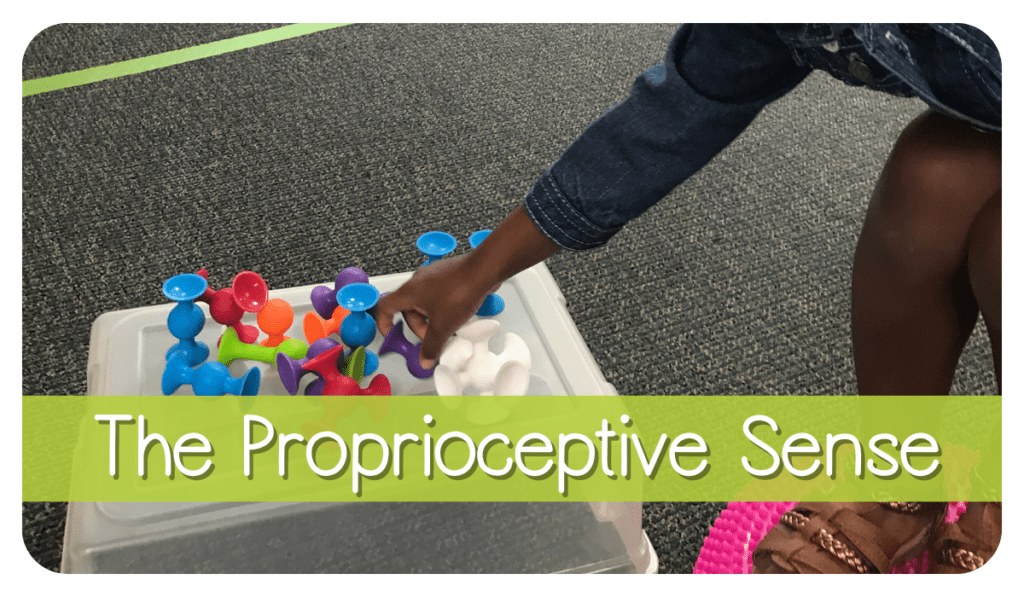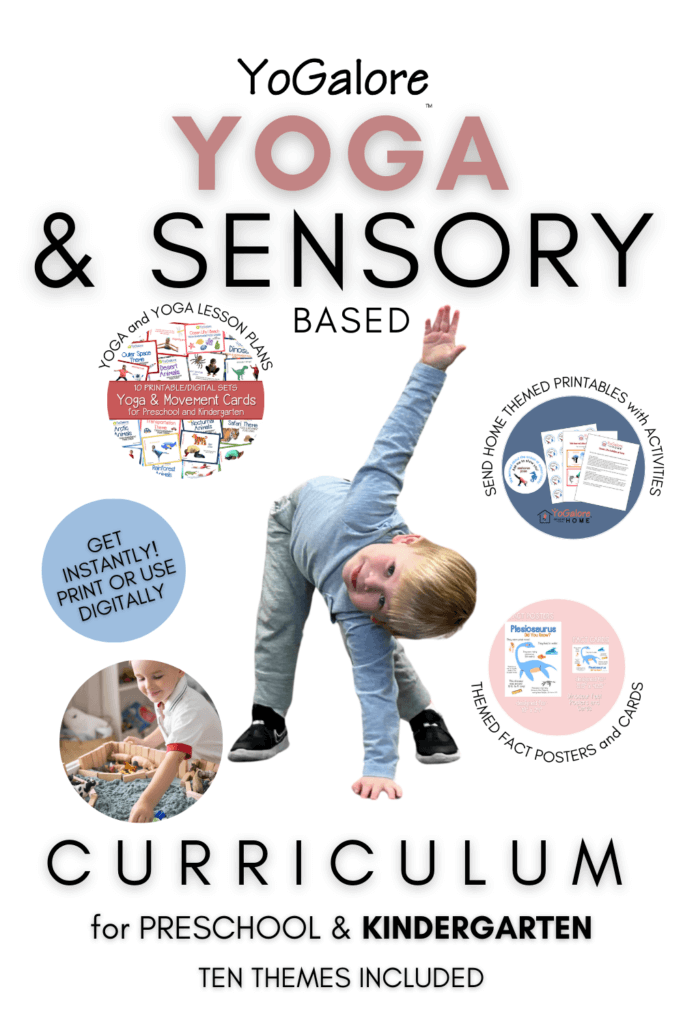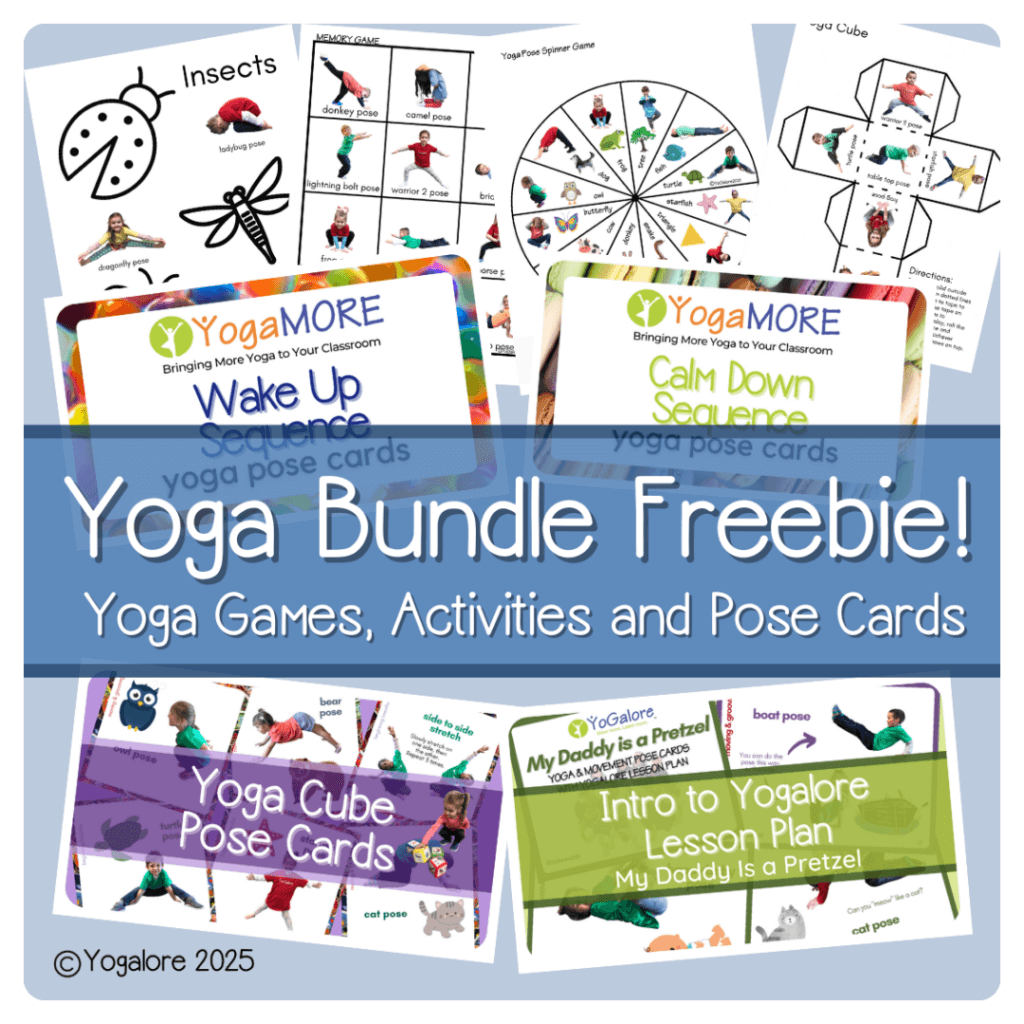The Proprioceptive Sense
Most of us are familiar with our five senses – touch, taste, smell, sight, and hearing. We were taught in school that it’s our senses that teach us about the world. It’s how we learn. All of that is true, however, we also have an additional two senses that we don’t hear much about: our vestibular and proprioceptive senses. In this article we will be talking about the proprioceptive sense.
In her book The Out-of-Sync-Child, Carol Stock Kranowitz thoroughly explains the proprioceptive sense:
“Proprioception tells us about our own movement and body position. [It lets us know]:
- Where our body or body parts are in space,
- How our body parts relate to one another,
- How much and how quickly our muscles are stretching,
- How fast our body is moving through space,
- How our timing is, and
- How much force our muscles put forth.”
Proprioception processes information unconsciously. It takes in messages from the muscles and joints and processes those messages. It is those messages that tell us how we move. The proprioceptive sense works along with the vestibular and tactile (sense of touch). Information is sent from tiny receptors in muscles and joints to the brain, which lets us know where we are and how we are moving.

Children can be over- and under- responsive to sensory input. Some children who have a problem processing sensory information can get overwhelmed easily, lose patience quickly, can get tired easily or may be “on the move” constantly. Or a child can even experience fluctuation between the extremes. Many children with sensory processing issues do not like change — they learn to adapt to their familiar environment and when there is a disruption, it can be very upsetting.
In The Ultimate Guide to Sensory Processing Disorder, by Roya Ostovar, Ph.D., Ostovar suggests having children work with weights. It helps them develop body awareness and increase their attention. She also suggests “heavy work”, which releases serotonin that determines levels from the receptors. Pushing, pulling heavy things, jumping on the trampoline are just a few examples of heavy work that help with the proprioceptive sense.
Another great way to improve body awareness, build strength and help with focus is to have a regular yoga practice. There are so many great benefits from doing yoga that can also help children deal with the frustration they sometimes experience, meltdowns they may have and patience they are sometimes lacking.
For Further Reading:
The Seven Senses Part 1, The Vestibular Sense
The Out-of-Sync-Child by Carol Stock Kranowitz, M.A.
The Out-of-Sync-Child Has Fun by Carol Stock Kranowitz, M.A.
The Out-of-Sync-Child Grows Up by Carol Stock Kranowitz, M.A.
The Ultimate Guide to Sensory Processing Disorder by Roya Ostovar, Ph.D.
What Is Occupational Therapy?





5 Responses